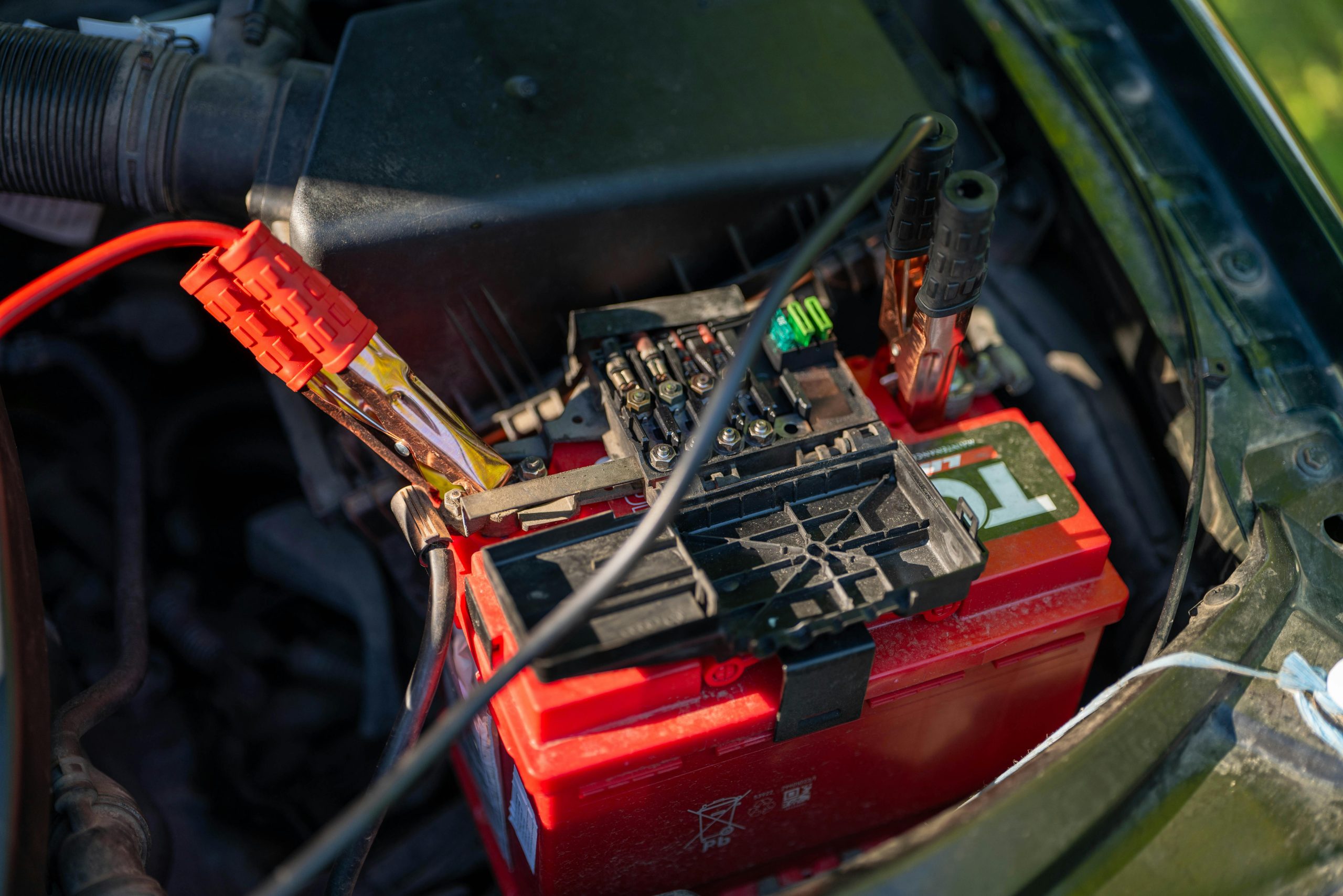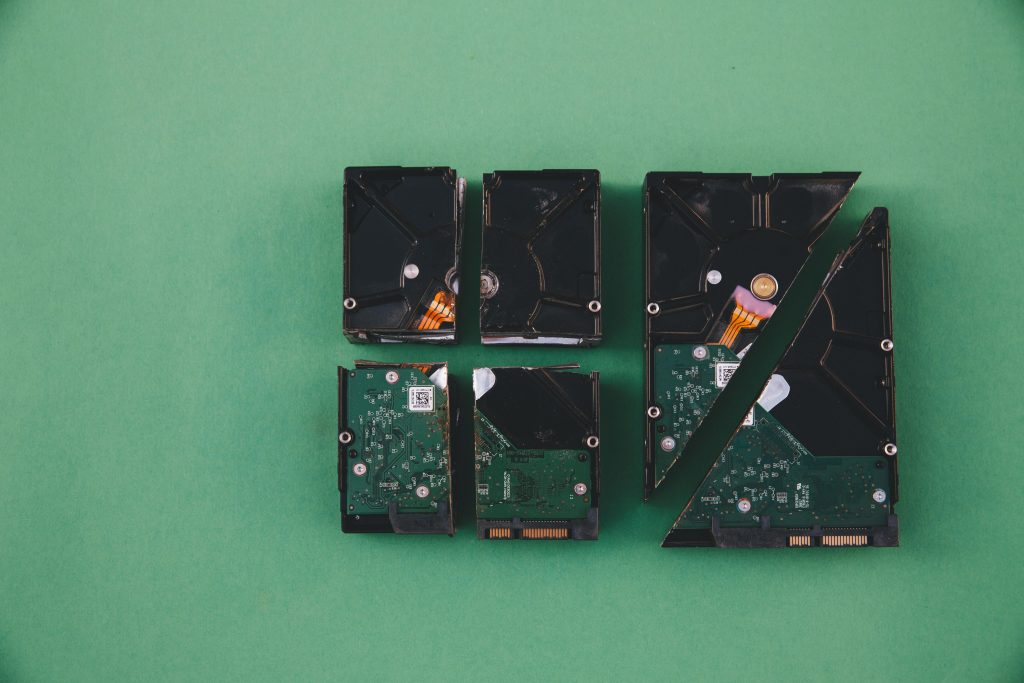The Importance of Regular Server Maintenance and Timely Upgrades
Today, we faced a challenging situation when a customer’s server unexpectedly failed, leading to the loss of critical data. Despite our proactive warnings over the past three years, the inevitable occurred: both hard drives (HDDs) failed after years of struggling under heavy use. It was startling to see how dim the server’s LED indicators had become—one might have assumed they were completely burnt out.
In an attempt to salvage the situation, I worked to reconstruct the RAID 10 array. Unfortunately, the remaining drive was too compromised to retrieve much data. The last successful backup dated back just two days prior to the incident. We are currently working to extract essential files, but there’s a high likelihood that the backup is corrupted as well.
The server, which was operating on the outdated Windows Server 2008, will require us to establish a new Active Directory (AD) and transfer all connected computers to the new system. This process, while necessary, will incur significant labor costs for the customer.
Reflecting on this experience raises an important question: Was it truly worth it for the customer to extend the life of their server well beyond its average lifespan? Now, they face not only weeks of lost work but also the delay caused by needing to stock a new server in our workshop before it can be installed on-site.
The moral of this story is clear: investing in regular maintenance and timely upgrades for your company’s primary server is crucial. Cutting corners can lead to significant setbacks and unforeseen costs.
On a lighter note, I must mention that this server was by far the dirtiest I have ever encountered. One has to wonder if someone was smoking in the server room—an issue that further highlights the importance of maintaining proper hygiene and a clean environment for your IT equipment.
In summary, this incident serves as a cautionary tale for all business owners: prioritize your IT infrastructure to avoid catastrophic data loss and costly recovery efforts in the future.
Share this content:



